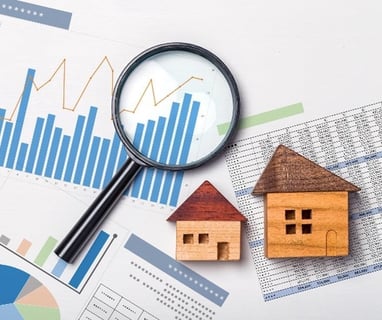The Stages of a Real Estate Market Cycle
Learn the Real Estate Market Cycles
3/3/20231 min read


The real estate market is constantly evolving, and it goes through a cycle of ups and downs. Understanding the different stages of the real estate market cycle is crucial for investors, homebuyers, and sellers alike. Here are the four different stages of the real estate market cycle:
1. Expansion: This phase comes after a recession or a period of low activity in the real estate market. During this stage, property prices start to rise, and demand for properties increases. The number of new construction projects also increases as developers seek to take advantage of the favorable market conditions.
2. Peak: The peak stage is characterized by high demand and high prices. This is when the market reaches its highest point before starting to decline. As prices reach their peak, buyers become more cautious, and demand starts to fall.
3. Contraction: During this stage, the market begins to cool down, and the number of new construction projects decreases. Property prices start to decline, and demand for properties decreases even further.
4. Trough: This is the stage where the market hits its lowest point. Property prices are at their lowest, and demand is at its lowest. However, this is also the stage where investors and homebuyers can find great deals on properties.
By understanding the different stages of the real estate market cycle, investors, homebuyers, and sellers can make informed decisions that can help them take advantage of the market conditions